June 16, 2023 - Ross Video Team, Industry Trends
Top TV Trends of Today
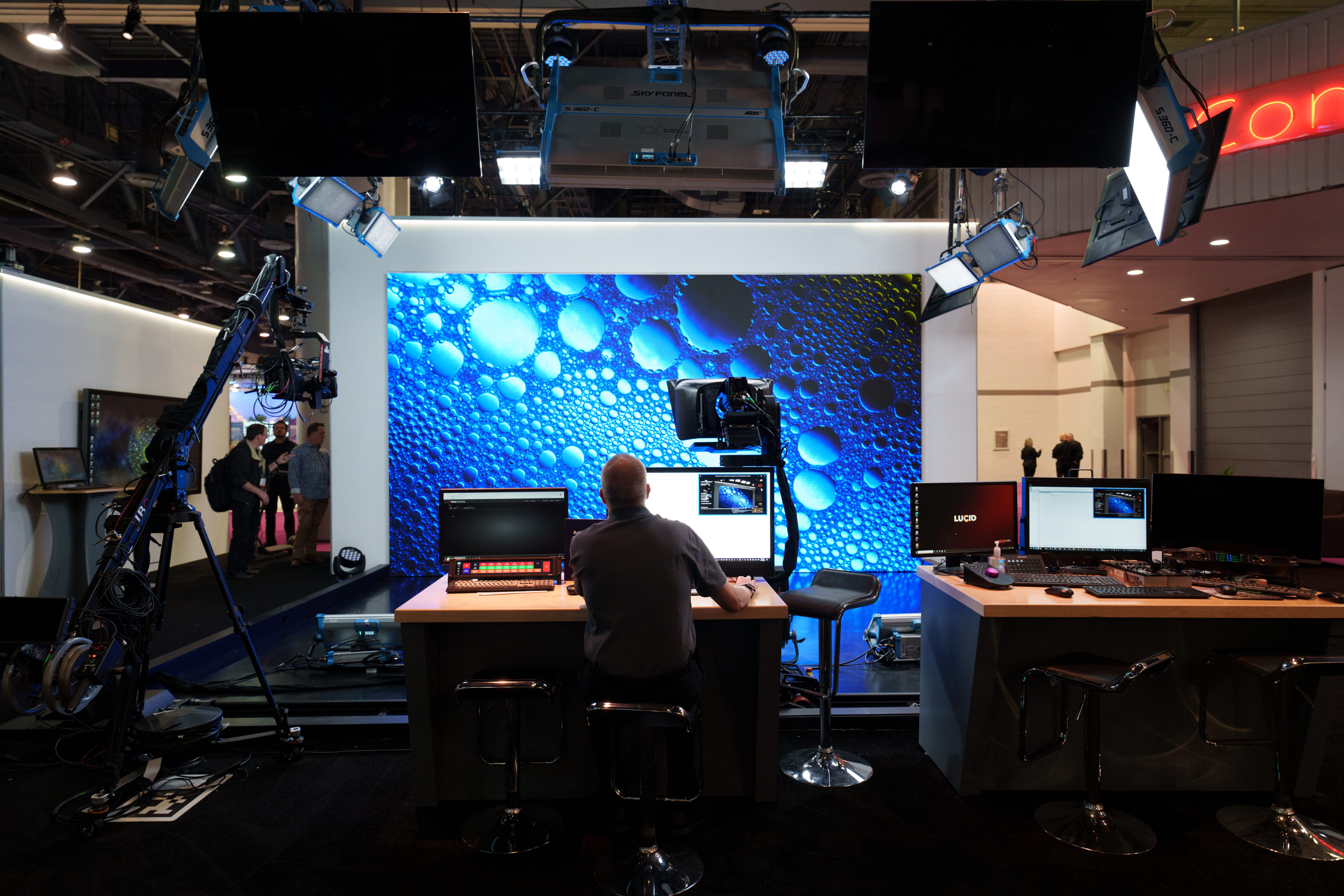

In a recent Q&A session with Jared Schatz, Senior Vice President of Vertical Markets & Solutions at Ross Video, and Jenn Jarvis, Product Manager for Editorial Workflow at Ross Video, TV Tech Contributing Editor Phil Kurz delved into the hottest trends in news production technology. The discussion revolved around the challenges that broadcasters face in transitioning to story-centric workflows, the role of AI in the newsroom and production control room, and the increasing investment in media asset management workflows. If you missed it, click here to watch the full interview. We’ll summarize the key insights from the interview here and dive deep into today’s top TV trends.
Story-Centric Workflows: Overcoming Challenges and Embracing Change
The conversation kicked off with a discussion about the transition from rundown-focused newsrooms to story-centric workflows that encompass social media, mobile, and the web. According to Jenn Jarvis, this transition poses two significant challenges for broadcasters. The first is having the right technology that supports story-centric workflows, allowing content to be easily repurposed across multiple platforms. This includes tools for content creation, visibility, and planning. The second challenge is the cultural shift required to implement these changes successfully. Breaking ingrained habits and changing the dynamics of content creation and responsibility can be disruptive but essential for creating more efficient and effective workflows.
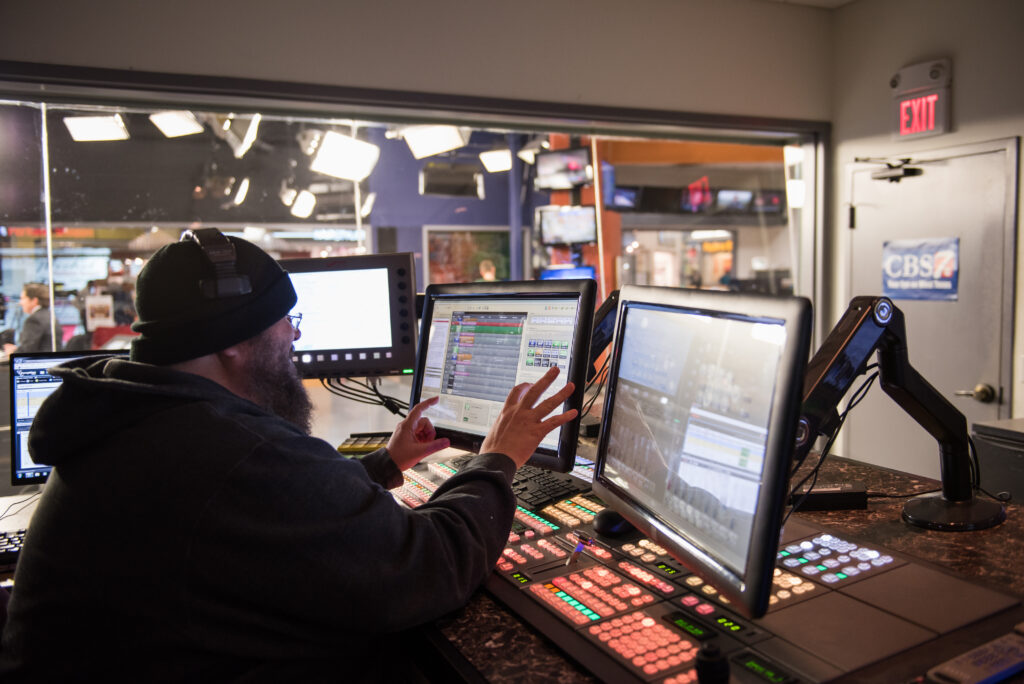
Jarvis emphasized the need for a cohesive plan and alignment among the team members to overcome these challenges. While there are different approaches, such as having dedicated digital teams or integrating all teams, education and understanding the nuances of different platforms and audiences are crucial for success. She highlighted the importance of collaboration and the right tools to enable seamless teamwork.
The Role of AI in the Newsroom: Balancing Efficiency and Editorial Judgment
One of the most intriguing aspects of the interview revolved around the role of artificial intelligence (AI) in the newsroom. Jarvis pointed out that while AI has been used in newsroom workflows for years, the current shift involves utilizing AI for more abstract tasks that require editorial judgment and creativity. While there are opportunities for AI to assist with repetitive and time-consuming tasks, such as metadata enrichment, speech-to-text, and facial recognition, Jarvis emphasized the importance of focusing on solving workflow problems rather than getting caught up in buzzwords or specific technologies.
Jarvis also highlighted that AI can free up journalists for more impactful work, such as investigative reporting and in-depth research. However, she emphasized the need for human involvement to ensure quality and to make nuanced decisions where AI may fall short. The key is finding the right balance between AI and human expertise.
AI and Machine Learning in Production Control and On-Air Production
Shifting gears to the production control room and on-air production, Jared Schatz shared his insights on the current and future role of AI and machine learning. Schatz noted that many production control rooms already leverage automation, with operators relying on automated systems for various tasks. While experiments with voice recognition and switching using AI have shown promise, Schatz emphasized that human judgment and control are still vital, especially in areas where creativity and timing play crucial roles, such as music cutting and reacting to unexpected events.

Following that, Schatz highlighted several areas where AI and machine learning are already making an impact. For instance, facial tracking and AI-driven graphics generation in sports broadcasting both offer exciting possibilities. He also mentioned experiments with image recognition for video indexing based on elements like jersey numbers. The group also discussed the potential for AI to streamline audio controls and automatically adjust microphones based on environmental cues.
Unlocking the Power of Metadata and Media Asset Management
Another significant trend in newsrooms is the increasing investment in media asset management workflows. Jenn Jarvis highlighted the importance of harnessing metadata to make video archives more searchable and discoverable. While applying metadata to every asset can be time-consuming, AI tools, such as facial recognition and transcription, are being used to automate these processes. However, the cost associated with these tools is still a consideration for many organizations.
Jarvis emphasized the need for a balance between manual and automated metadata processes. While automation can save time and improve efficiency, human review and intervention are necessary to ensure accuracy and relevance. Leveraging AI-powered tools can help accelerate the metadata tagging process, but human oversight is crucial to maintain quality control.
Furthermore, the discussion touched upon the importance of interoperability and integration between different systems in the newsroom. Seamless communication and data exchange between production tools, media asset management systems, and newsroom computer systems enable a more streamlined workflow. This integration allows for easy access to content, efficient collaboration, and faster delivery of news stories across multiple platforms.
The Future of Newsrooms: Collaboration, Agility, and Flexibility
As the conversation progressed, Schatz and Jarvis shared their visions for the future of newsrooms. Collaboration emerged as a recurring theme, with an emphasis on breaking down silos and fostering cross-functional teamwork. The ability for journalists, producers, and editors to seamlessly collaborate, share content, and iterate on stories is becoming increasingly crucial.
Agility and flexibility were also highlighted as essential qualities for newsrooms moving forward. The ability to adapt to changing technologies, audience preferences, and delivery platforms is key to staying competitive. News organizations must be prepared to experiment with new tools, workflows, and storytelling formats to meet the evolving demands of their audience.
Both Schatz and Jarvis expressed excitement about the potential of emerging technologies, such as virtual and augmented reality, to transform the newsroom experience. These technologies have the power to enhance storytelling, engage viewers in immersive ways, and bring news stories to life. As the news production landscape continue to evolve, embracing
these trends and leveraging technology effectively will be vital for creating engaging, efficient, and future-ready newsrooms.
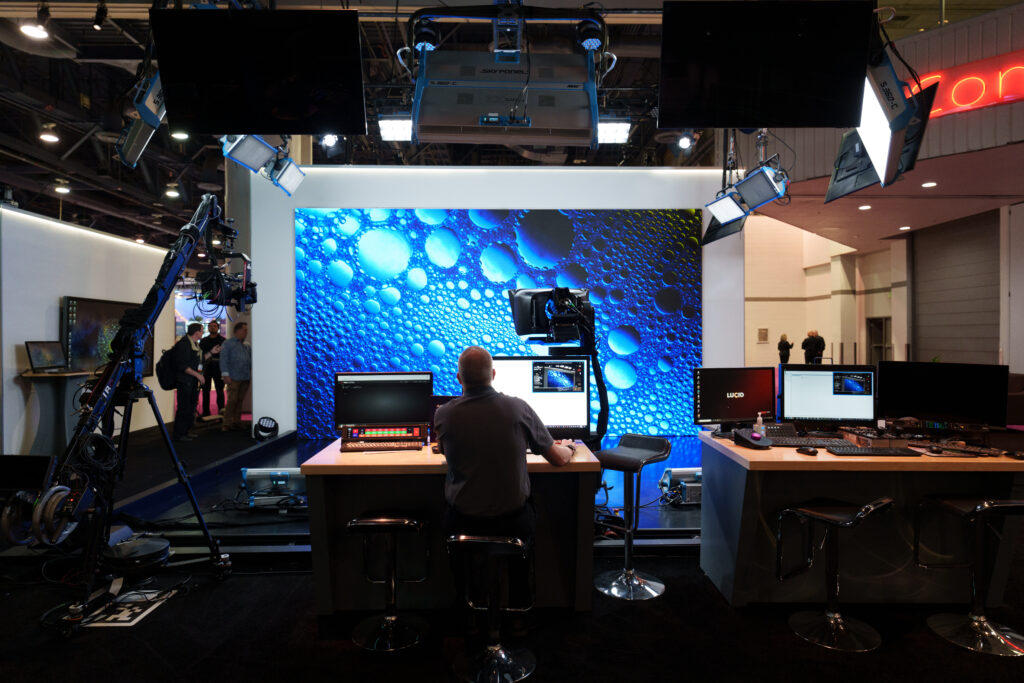
Learn More
To gain a comprehensive understanding of these transformative trends and their impact on newsroom technology, we invite you to watch the full interview with TVTech. Click here to access the video and stay ahead of the curve in the ever-evolving world of news production.
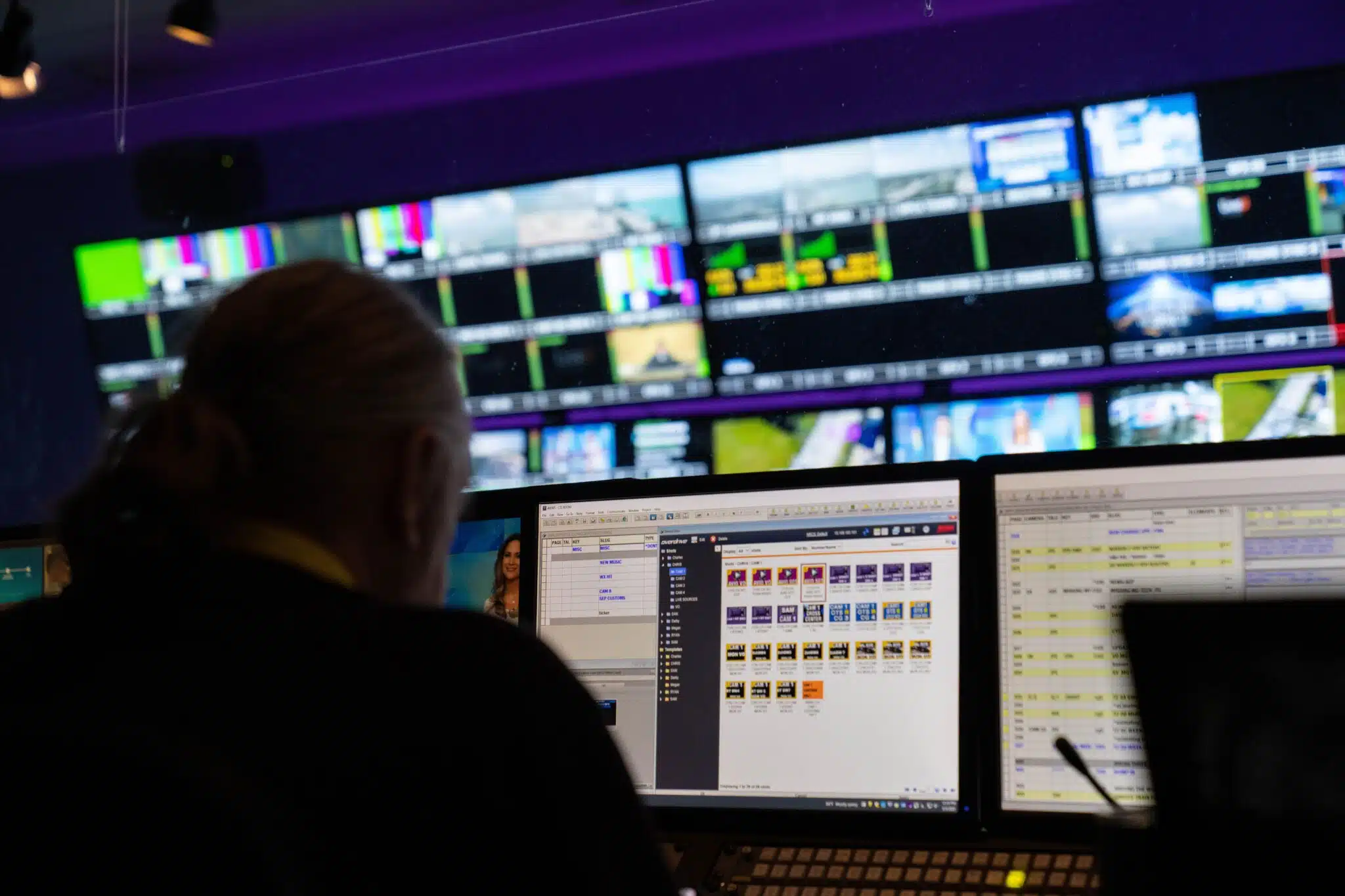
Traditional news media is under increasing scrutiny, critique, and often attack from administrations on both sides of the aisle and an ever-more distrusting and distracted populace. Even …

Contrary to what many believe, virtual studio solutions are not new technology. They have just been neglected. CBS tried them at the dizzy heights of the dot-com …
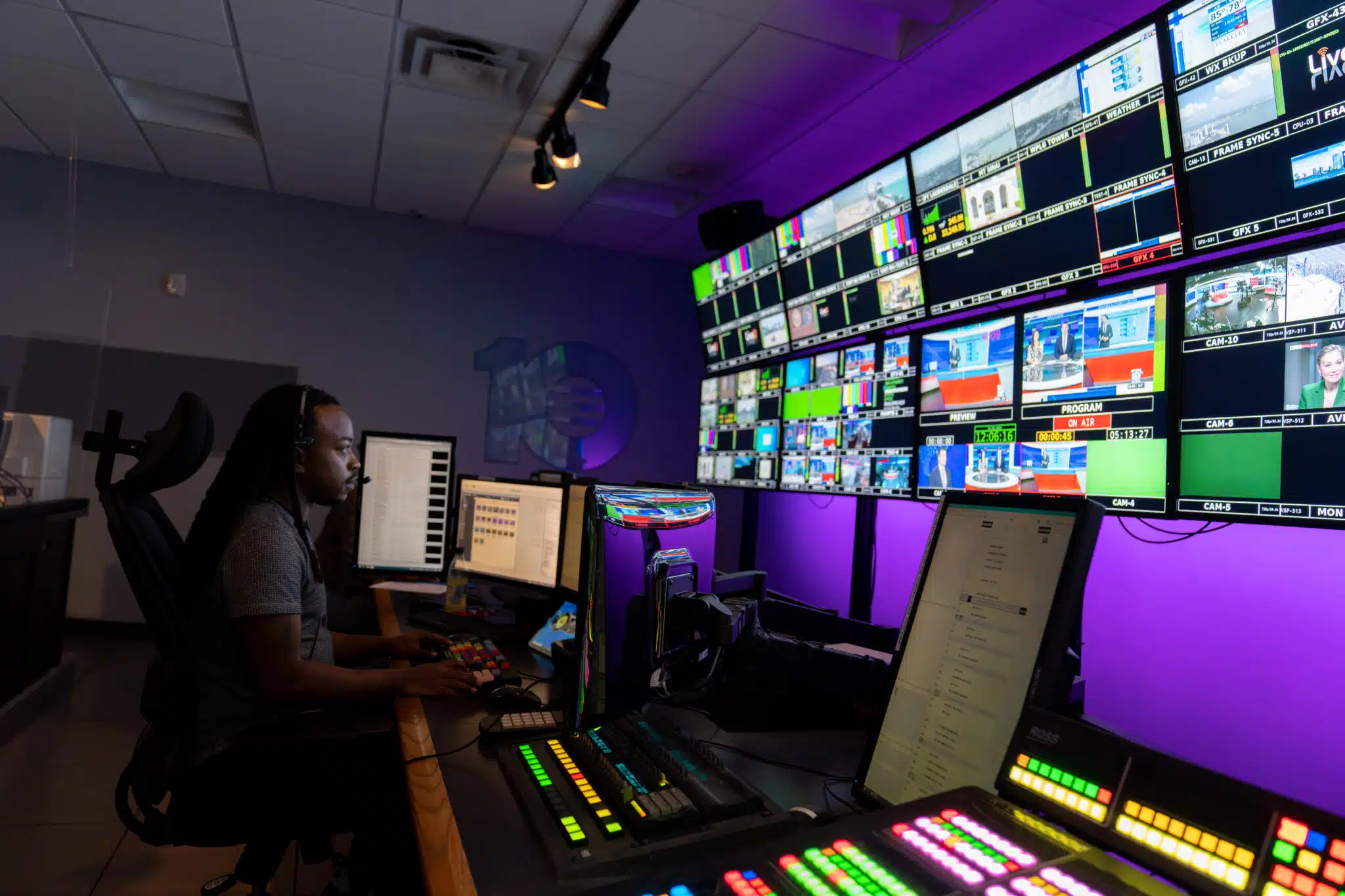
Some of the biggest news stories of all time — the Chilean Miner Rescue, the O.J. Simpson Trial, and the Miracle on the Hudson — started with …
We’ll put you in touch with a member of our team to discuss your specific needs.